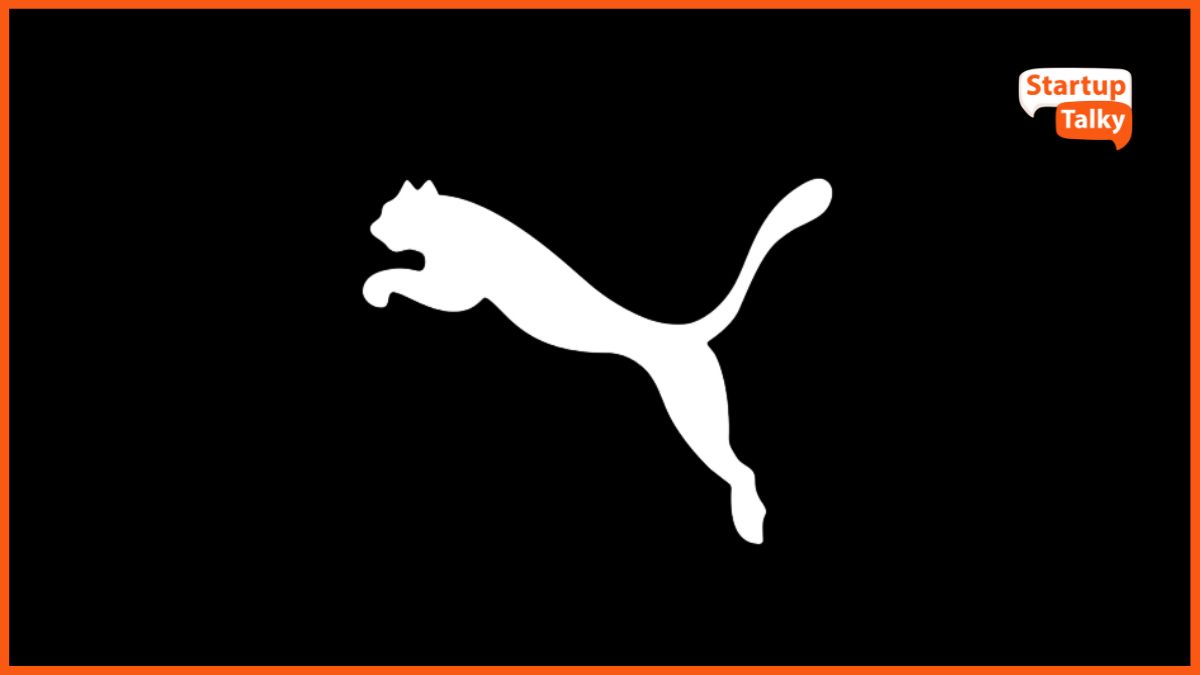Puma Business Model | How Puma Makes Money?
🔍Insights
German multinational firm Puma SE, better known as Puma, creates and sells casual and sports shoes, clothes, and accessories. To increase its brand's visibility, Puma's marketing strategy centers on new ideas, teamwork, and the utilization of digital channels. Thanks to this strategy, Puma has become a world leader in athletic apparel through effective marketing campaigns and strategic alliances. Among the world's sportswear manufacturers, Puma ranks third. The following article will examine Puma, a leading fashion and sportswear brand, and the business model that has allowed it to become so successful.
About Puma
Rudolf Dassler founded the renowned athletic apparel label Puma in 1948. Puma is committed to improving the sporting experience through innovation and offers products that combine elegance with performance. Puma, a sportswear brand, is known for its groundbreaking collaborations with famous sportsmen and celebrities. Puma is a global athletic apparel and footwear company with headquarters in Herzogenaurach, Germany. The company has a presence in more than 90 countries and employs about 14,000 people. Its global presence and partnership with Modern Trade Retailers help boost brand awareness and revenue.

Puma Business Model
The sale of Puma items through a global network of retail outlets is critical to the company's business strategy. The typical profit margin for a retail company is between two and twenty percent, with a more realistic range of two to ten percent. The profit margin is slightly smaller for well-known brands like Puma because of the increased competition and the necessity to maintain competitive prices. Another important aspect of the brand's business strategy is its powerful franchising model, which allows it to run its stores all over the world. Puma has successfully increased its brand's exposure and attractiveness by teaming up with prominent personalities and athletes such as Usain Bolt and Rihanna.
Big Smile because my new @PUMA Shoe 🔥drip is online in the US and will be available in August . 🔥🔥⚡️⚡️
— Usain St. Leo Bolt (@usainbolt) July 29, 2021
Click the link 👇🏿:https://t.co/VZ6Y8n9M2c pic.twitter.com/SCzhcToKB5
How Puma Makes Money | Puma Revenue Model
Puma generates revenue through a variety of sources. The main revenue streams of Puma are as below:
- Main Product Categories: Sportswear, footwear, and accessories are the main sources of income for the brand.
- Brand Licensing and Collaborations: Puma also earns money through brand licensing and cooperation with other companies.
- Performance-Oriented Apparel: Selling performance-oriented apparel for sports such as basketball and soccer brings in more money.
- Lifestyle Collections: Another aspect that contributes to its revenue is the sale of lifestyle collections aimed at fashion-conscious people.
- Retail Operations: To provide customers with a more traditional shopping experience, Puma runs retail stores and outlets all around the world.
- Ecommerce Platform: The brand's eCommerce platform provides an effortless and accessible way for people to shop online.
- Endorsements and Sponsorships: The company's marketing efforts, which include endorsing athletes and sporting events, boost brand awareness.
- Community Engagement: Puma uses sponsorships, social media, and in-person events to build community involvement and devotion to the brand.

USP of Puma
In addition to its heritage, innovation, design, sustainability initiatives, and strategic collaborations, Puma's unique selling propositions (USPs) are all factors that contribute to the company's powerful brand presence in the international sportswear industry.
Puma SWOT Analysis

Puma Strengths
- In both Formula One and NASCAR, Puma is the primary manufacturer of racing suits and driving shoes.
- It partners with notable brands such as Ferrari and BMW.
- The company's management and marketing are top-notch, and they've done an outstanding job of promoting their items all over the globe.
- Puma's association with popular sporting events such as the FIFA World Cup, the Olympics, cricket, motorsports, rugby, and many more helps the company build its reputation around the world.
- The brand's social media and eCommerce accounts are highly engaged, contributing to its strong online presence.
Puma Weaknesses
- In comparison to Nike and Adidas, Puma faces stiff competition and has a small portion of the market.
- Consumers may exhibit a preference for specific brands. Finding investors is a challenge for Puma, and the company may look to its rivals for financial backing.
- There are numerous wage disputes within this organization. This often leads to strikes and production difficulties.
Puma Opportunities
- With an increasing number of major international athletic events, the corporation has additional opportunities to secure sponsorship.
- To attract new consumers, more branding and promotional activities can be conducted.
- There is still room for Puma to grow in the growing market.
Puma Threats
- Because of its worldwide recognition, Puma feels the pinch of economic fluctuations and recessions.
- Both established businesses and up-and-coming startups are competing for market share.
- Particularly in developing and modest markets, the imitation of low-quality and counterfeit items poses a danger to the company.
- Company operations may be impacted by rules and regulations imposed by the government.

Conclusion
Thanks to its innovative advertising campaigns, Puma has become a household name. The brand concentrates on particular socioeconomic factors in specific regions. The fact that their resale items, which are used, fetch over three times the original selling price is the most amusing part. "Limited supply, high demand" is the underlying principle that drives everything. From its logo and product designs to its market reach, Puma's business approach is highly fascinating.
FAQs
When was Puma founded?
Puma was founded in the year 1948 by Rudolf Dassler.
What was the revenue of Puma in 2023?
The revenue of Puma in the year 2023 was 8.6 billion euros.
Who is the brand ambassador of Puma India?
Ibrahim Ali Khan Pataudi is the new brand ambassador of Puma India.
Must have tools for startups - Recommended by StartupTalky
- Convert Visitors into Leads- SeizeLead
- Website Builder SquareSpace
- Manage your business Smoothly Google Business Suite







